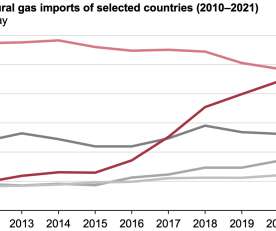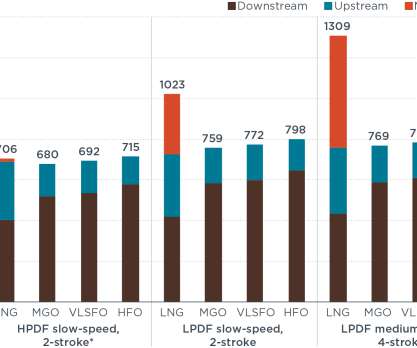EIA: As of 2021, China imports more LNG than any other country
Green Car Congress
MAY 3, 2022
In 2021, China imported more liquefied natural gas (LNG) than any other country, according to data from Global Trade Tracker and China’s General Administration of Customs, gathered by the US Energy Information Administration (EIA). China began importing LNG in 2006 and, with the exception of 2015, has imported more LNG each year since then.















Let's personalize your content